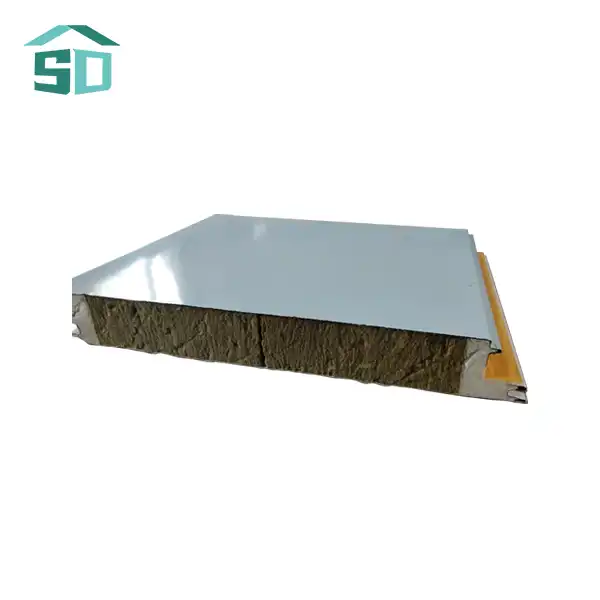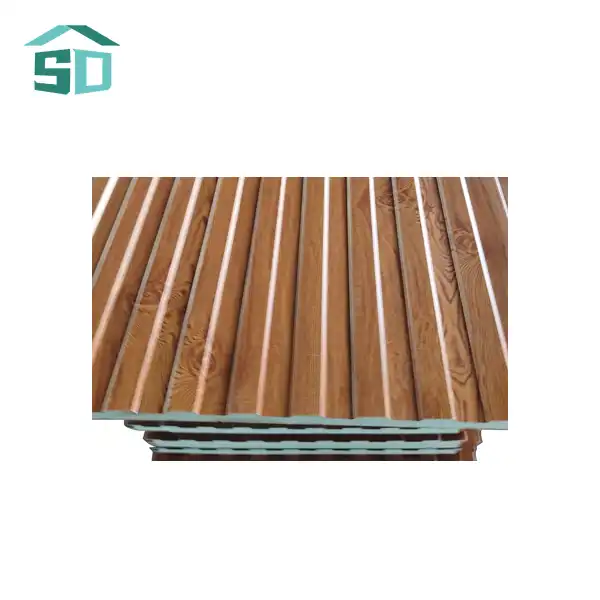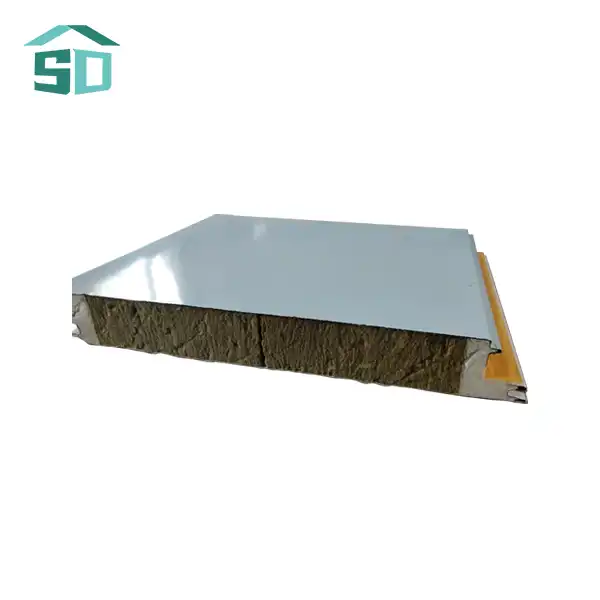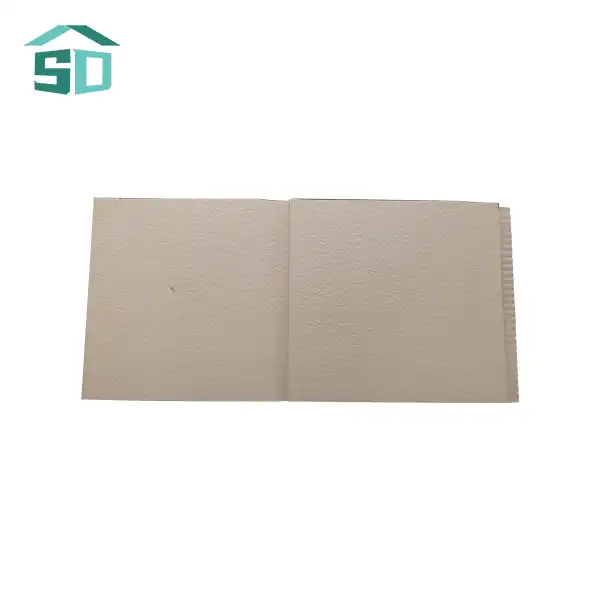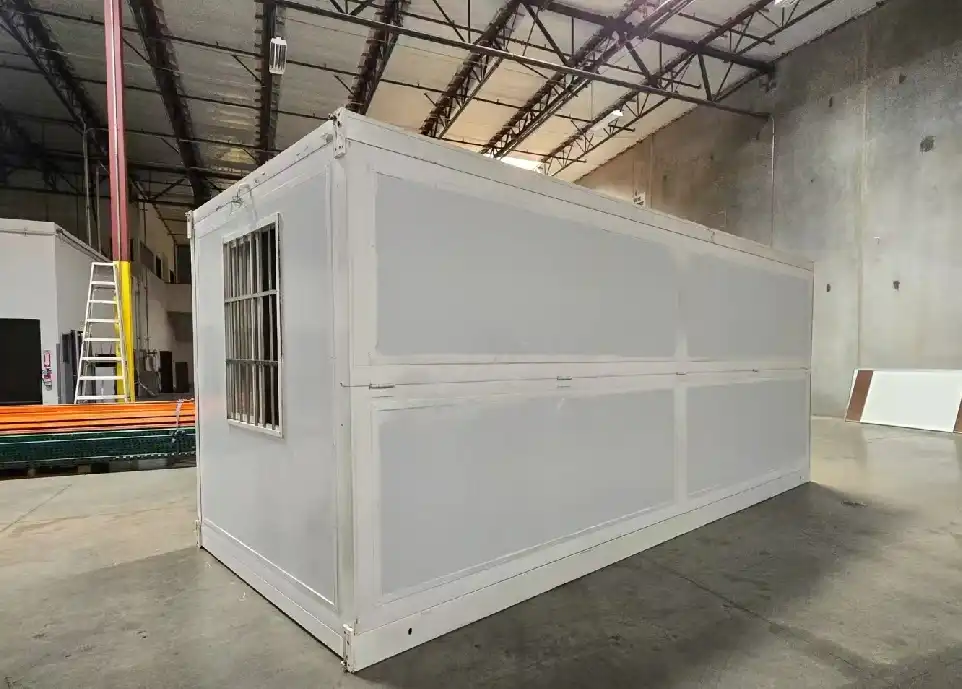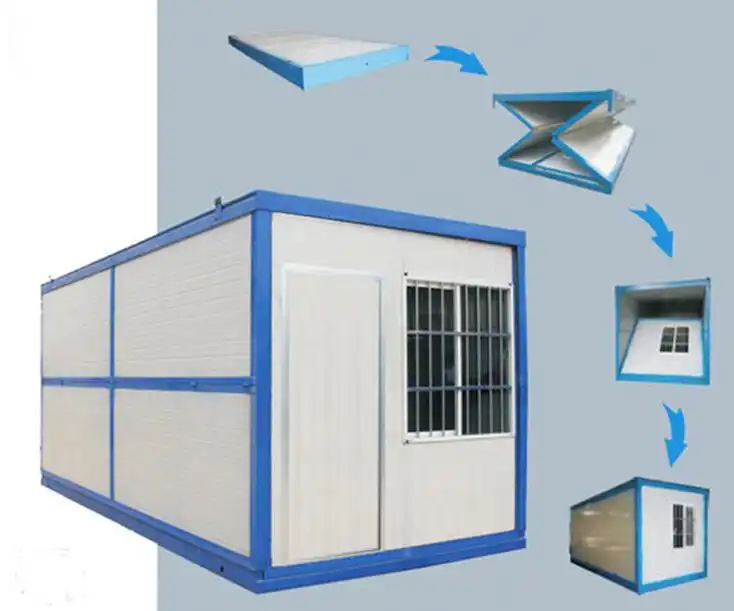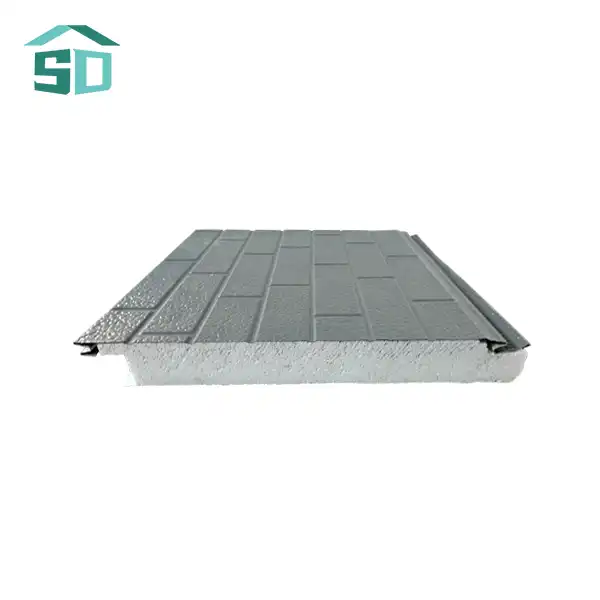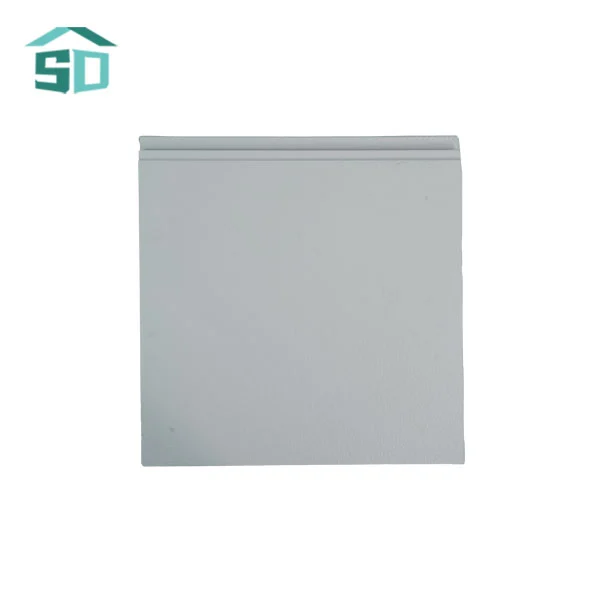Enhanced Aesthetic Appeal and Customization Options
Modern Design and Versatile Styles
Wall cladding panels have transformed exterior architectural design by offering a sleek and contemporary aesthetic that can dramatically enhance the look of any building. Available in an extensive range of colors, textures, and finishes, these panels give architects and designers exceptional creative freedom to develop unique, visually striking facades. From shimmering metallic finishes to natural wood-like textures, the design possibilities are vast, allowing for truly personalized and innovative building exteriors.
Customizable Sizes and Shapes
A key benefit of high-quality wall cladding panels is their remarkable adaptability to different project needs. Companies such as Weifang Sandong Building Materials Co., Ltd. supply standard panel sizes like 1200mm x 2400mm, while also offering custom dimensions to suit specific architectural requirements. This versatility ensures that the panels can be seamlessly integrated into a variety of building designs, accommodating diverse styles and structural dimensions with ease and precision.
Surface Treatments for Unique Finishes
The aesthetic appeal of wall cladding panels is greatly enhanced through specialized surface treatments. Techniques such as coating, anodizing, or painting not only boost the visual quality but also add a protective layer against weathering and environmental damage. These treatments can replicate the look of natural materials like stone or wood, providing a stylish and durable alternative that combines beauty with practical resilience and cost-effectiveness for building exteriors.
Superior Performance and Durability
Weather Resistance and Longevity
High-quality wall cladding panels are engineered to withstand harsh weather conditions. They offer exceptional resistance to UV radiation, corrosion, and temperature fluctuations. This durability ensures that the exterior of the building maintains its appearance and structural integrity for years, even in challenging climates. The longevity of these panels translates to reduced maintenance costs and increased property value over time.
Thermal and Sound Insulation
Modern wall cladding panels are not just about looks; they play a crucial role in improving a building's energy efficiency. Equipped with advanced insulation materials such as polyurethane, polystyrene, or rock wool, these panels significantly enhance thermal performance. The insulation helps maintain comfortable interior temperatures, reducing the load on heating and cooling systems. Additionally, the sound-dampening properties of these panels contribute to a quieter indoor environment, which is particularly beneficial in urban settings or near busy roads.
Fire Safety and Compliance
Safety is paramount in construction, and high-quality wall cladding panels address this concern effectively. Many panels are designed to meet stringent fire safety standards, with ratings ranging from Class A to C, depending on the material composition. This fire resistance provides an additional layer of protection for the building and its occupants, ensuring compliance with international safety regulations.
Practical Benefits and Installation Ease
Effortless Installation Process
One of the most appealing aspects of wall cladding panels is their ease of installation. The lightweight nature of these panels, combined with their modular design, significantly reduces installation time and labor costs. The process typically involves simple steps: preparation of the surface, mounting the panels using appropriate fasteners, sealing the joints, and final inspection. This straightforward installation process minimizes disruption to building occupants and accelerates project completion times.
Low Maintenance Requirements
High-quality wall cladding panels are designed to be low maintenance, saving property owners time and money in the long run. The surfaces of these panels often resist dirt accumulation and are less prone to scratches, reducing the need for frequent cleaning or repairs. Many panels can be easily cleaned with water and mild detergent, maintaining their appearance with minimal effort and without requiring specialized cleaning products.
Sustainable and Eco-Friendly Options
As environmental consciousness grows in the construction industry, many manufacturers are producing wall cladding panels using sustainable materials and processes that reduce carbon footprints and resource consumption. These eco-friendly options not only support green building initiatives but also help projects qualify for certifications like LEED. By incorporating recyclable materials, minimizing waste, and adopting energy-efficient production techniques, these panels offer lasting environmental benefits alongside modern aesthetic appeal.
Conclusion
High-quality wall cladding panels offer a compelling combination of aesthetic appeal, durability, and practical benefits. From enhancing the visual appearance of buildings to improving energy efficiency and ease of installation, these panels have become an indispensable component in modern construction. As technology advances, we can expect even more innovative features and materials to be incorporated into wall cladding solutions, further solidifying their position as a premier choice for exterior building envelopes.
For more information about our range of high-quality wall cladding panels and how they can benefit your next construction project, please don't hesitate to contact us at info@sdqsc.com. Our team of experts is ready to assist you in finding the perfect cladding solution for your specific needs.
References
1. Smith, J., & Brown, L. (2020). Advances in exterior wall cladding materials: Durability and energy performance. Journal of Building Engineering, 32, 101653.
2. Wang, H., Li, X., & Zhang, Y. (2019). Thermal insulation properties of polyurethane-based wall panels for sustainable construction. Construction and Building Materials, 207, 132–141.
3. Garcia, M., & Lopez, R. (2018). Fire safety standards and performance evaluation of modern cladding systems. Fire Safety Journal, 98, 43–52.
4. Kumar, S., & Patel, D. (2021). Impact of surface treatments on weather resistance of aluminum and steel cladding panels. Materials Science Forum, 1025, 150–158.
5. Chen, Y., & Huang, J. (2022). Acoustic insulation performance of composite wall cladding in urban environments. Applied Acoustics, 188, 108555.
6. Miller, T., & Johnson, P. (2017). Prefabricated modular construction and the integration of insulation panels: Benefits and challenges. Journal of Construction Engineering and Management, 143(6), 04017015.
